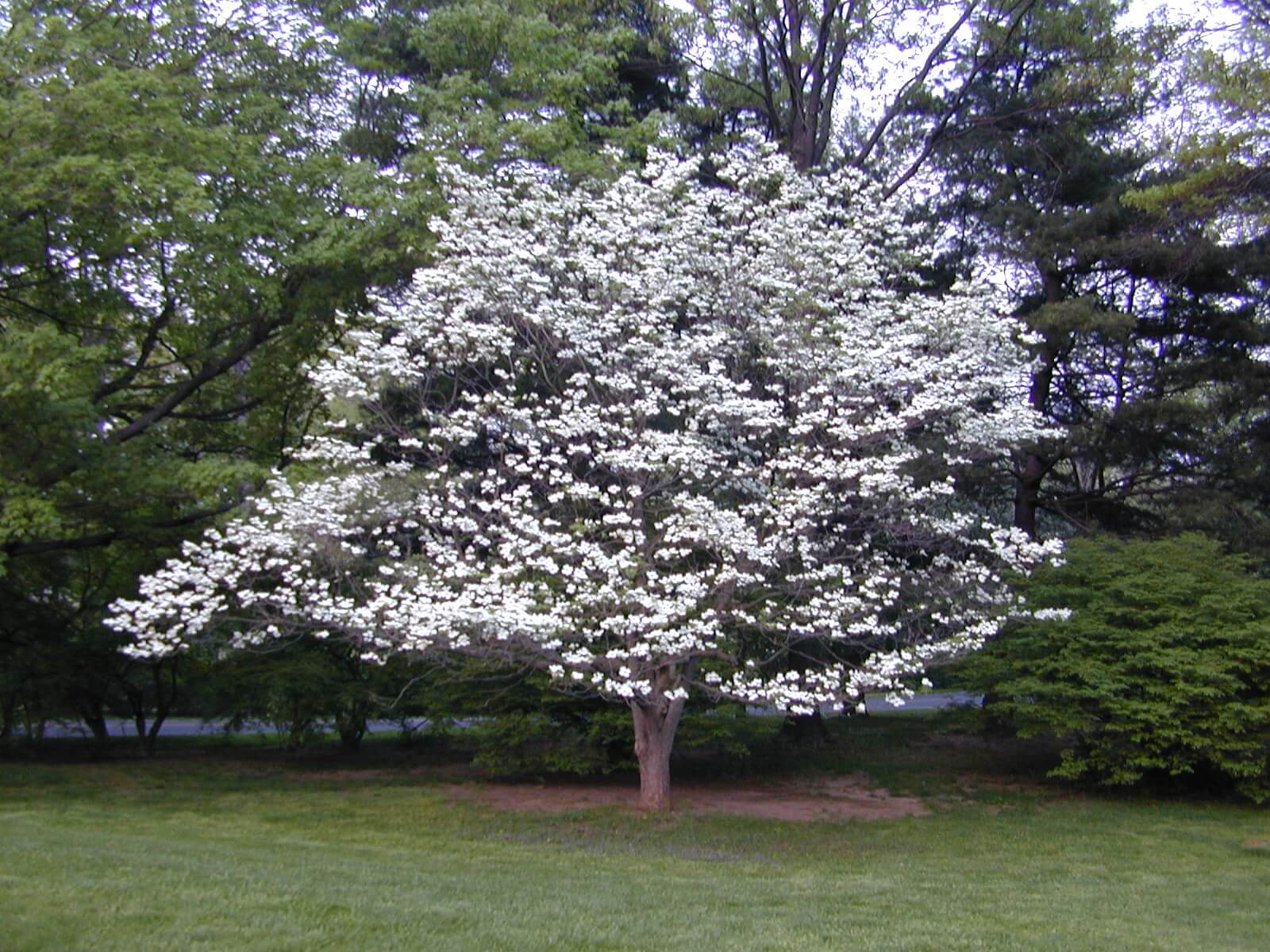Deer can browse on a wide variety of plants, but some trees and shrubs are less palatable to them or have physical characteristics that make them less attractive to browse. Understandably, when there are large numbers of deer and very litle food, they will eat trees they normally wouldn't touch.
Here are a few examples of trees that are considered to be deer-resistant:
American Holly: This tree has thick, spiny leaves that make it difficult for deer to browse on. Birds will often eat the berries but the deer will usually leave them alone. Generally they leave most holly alone.
Dogwood: The dogwood tree is also less attractive to deer due to its small leaves and twigs.
Redbud: The redbud tree is a small, ornamental tree that is generally considered to be deer-resistant.
Crape Myrtle: Crape myrtle has smooth bark that deer do not find as palatable.
Eastern Red Cedar: This tree has small, scaly leaves and a tough texture that deer typically avoid. New growth is often prickly and would be hard to swallow. When you pass a field you will notice all the cedars that have been left untouched. This is one reason cedars have become such a problem as weed trees.
American Fringe Tree: The American fringe tree's leaves are also not a preferred food of deer and its bark can be rough which can make it hard for deer to browse.
Sawtooth Oak: Sawtooth Oak is a type of oak tree with sawtooth-edge leaves, and deer usually avoid eating these type of leaves. The deer are smart enough to know the sharp edged leaves would cut inside their throats and may get stuck while eating.
Pine trees: Pine trees and other evergreens are less preferred by deer, as the needles are typically too tough and too spiky to eat.
Boxwood: Probably more of a shrub than a tree, Boxwood has dense foliage and a strong aroma that deer usually avoid. Boxwood smell like cat urine which I am sure helps repel the deer.
It's important to note that no tree or plant is completely deer-proof, as deer will eat almost any vegetation if they are hungry enough, and that what a deer might choose to eat can change according to the seasons and availability of food. Additionally, the palatability of a plant can also change based on the local deer population. A shrub in one area may be a tree in another area. Be sure and check the list of deer resistant trees and shrubs.

